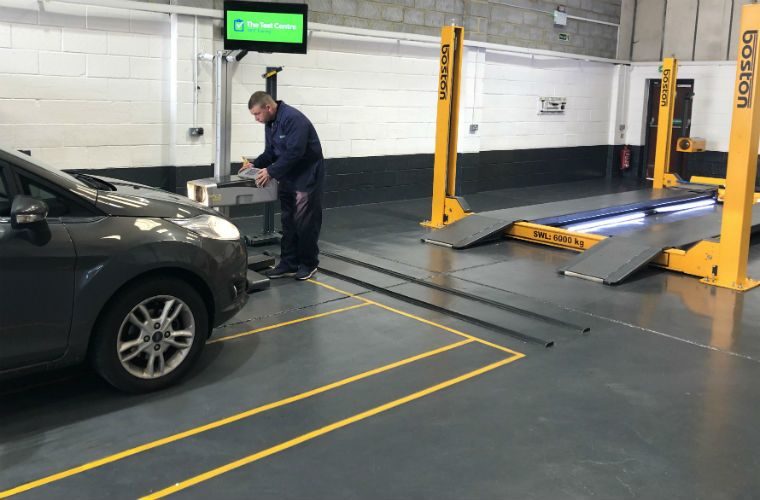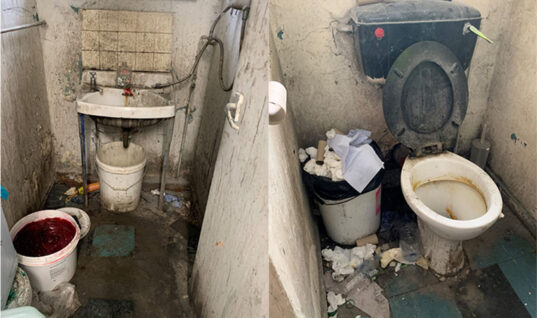With the DVSA continuing its roll-out of connected MOT equipment, most recently extended the new rule to cover decelerometers from 1 February, GW speaks to Boston Garage equipment about the latest developments.
In addition to decelerometers, connected roller brake testers were introduced on 1 October 2019.
The DVSA plans to introduce connected emissions testing equipment in late spring and connected headlamp aim testers in the summer.
Connected headlamp aim testers
However, Boston believes that the introduction of headlamp aim testers is likely to be postponed.
A Boston spokesperson told GW: “We’ve been testing a connected electronic beamsetter for the last year but until the DVSA confirms the specifications for this equipment to manufacturers we’re unable to finalise the product.
“For emissions testing equipment, we have no current reason to believe that the introduction date will be delayed although the DVSA is yet to confirm a fixed date.
“Existing MOT stations with old smoke meters or gas analysers that may need replacing around this time might want to bear this in mind.”
There has been no change to the regulations since their initial introduction, but Boston says it is logical to presume that over time all MOT equipment will need to meet the connectivity requirements.
Related: Garage pressure prompts DVSA to announce connected MOT equipment transition period
Currently, connected equipment is required when opening or reopening an MOT station, making a change of ownership to an existing MOT station, replacing existing equipment, or adding an extra test lane.
Although, when it comes to decelerometers the current requirement is one decelerometer per VTS, regardless of the number of MOT bays.
According to current DVSA rules, equipment must be connected to the MTS at the time of installation, except in the case of a change of ownership.
For existing MOT stations making a change of ownership where a new authorised examiner is appointed, the DVSA grants a transition period of three months to connect equipment to the MTS.
Boston connected test lanes
The spokesperson added: “One of the main advantages of a Boston connected test lane is that all items are operated from a single PC control station using one software solution.
“This means MOT Stations benefit from faster, simpler testing, streamlined service and support, and simplified installations.
“It also means that only one DVSA ‘key’ is required to connect all equipment to the MTS.”
For more information on Boston’s range of MOT equipment visit, select ‘more details’ below.







